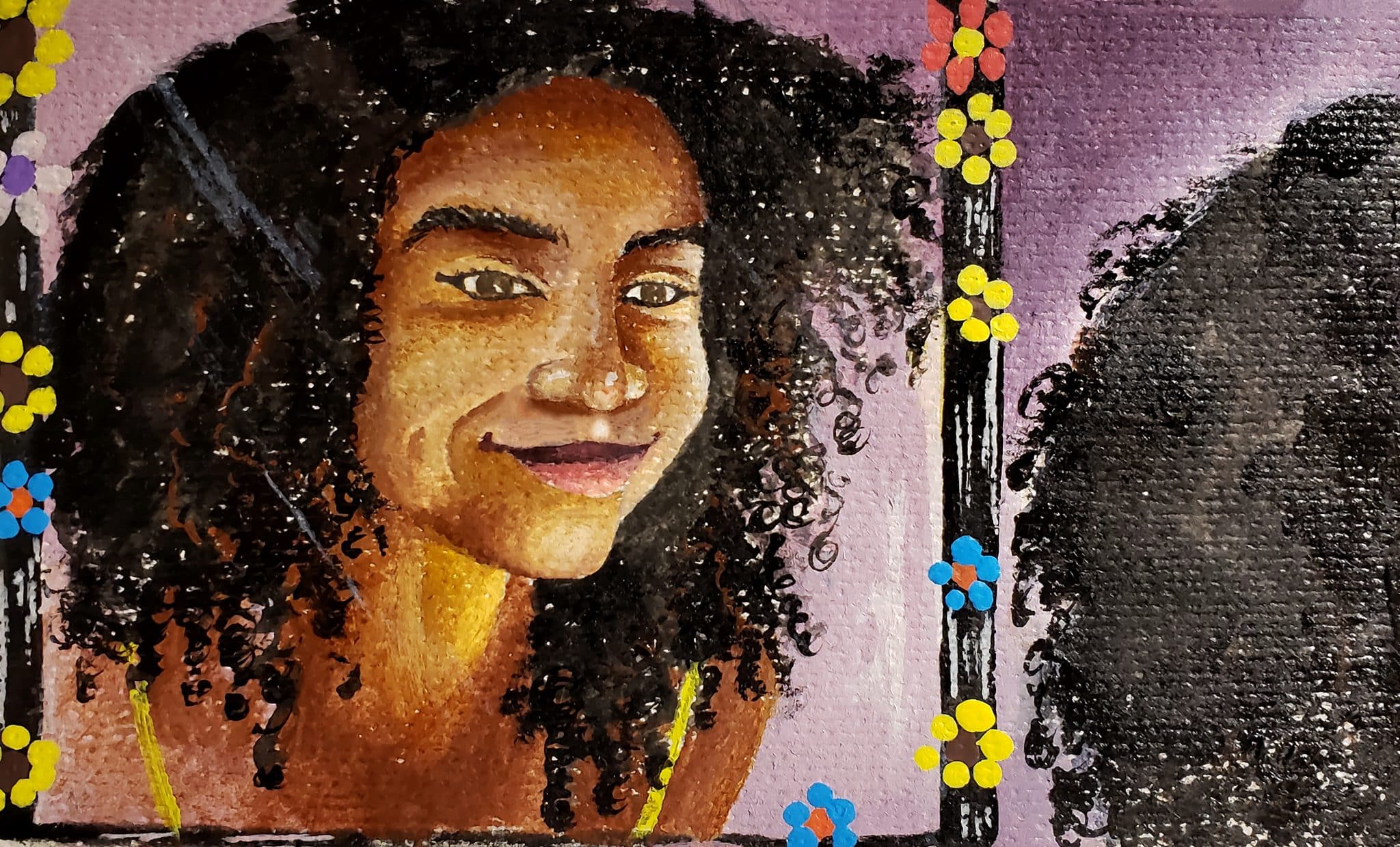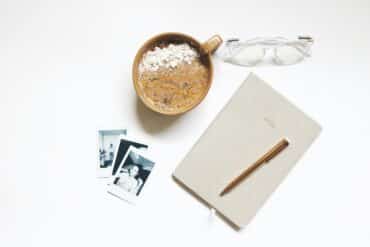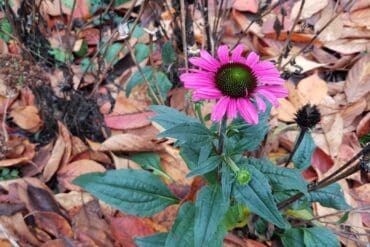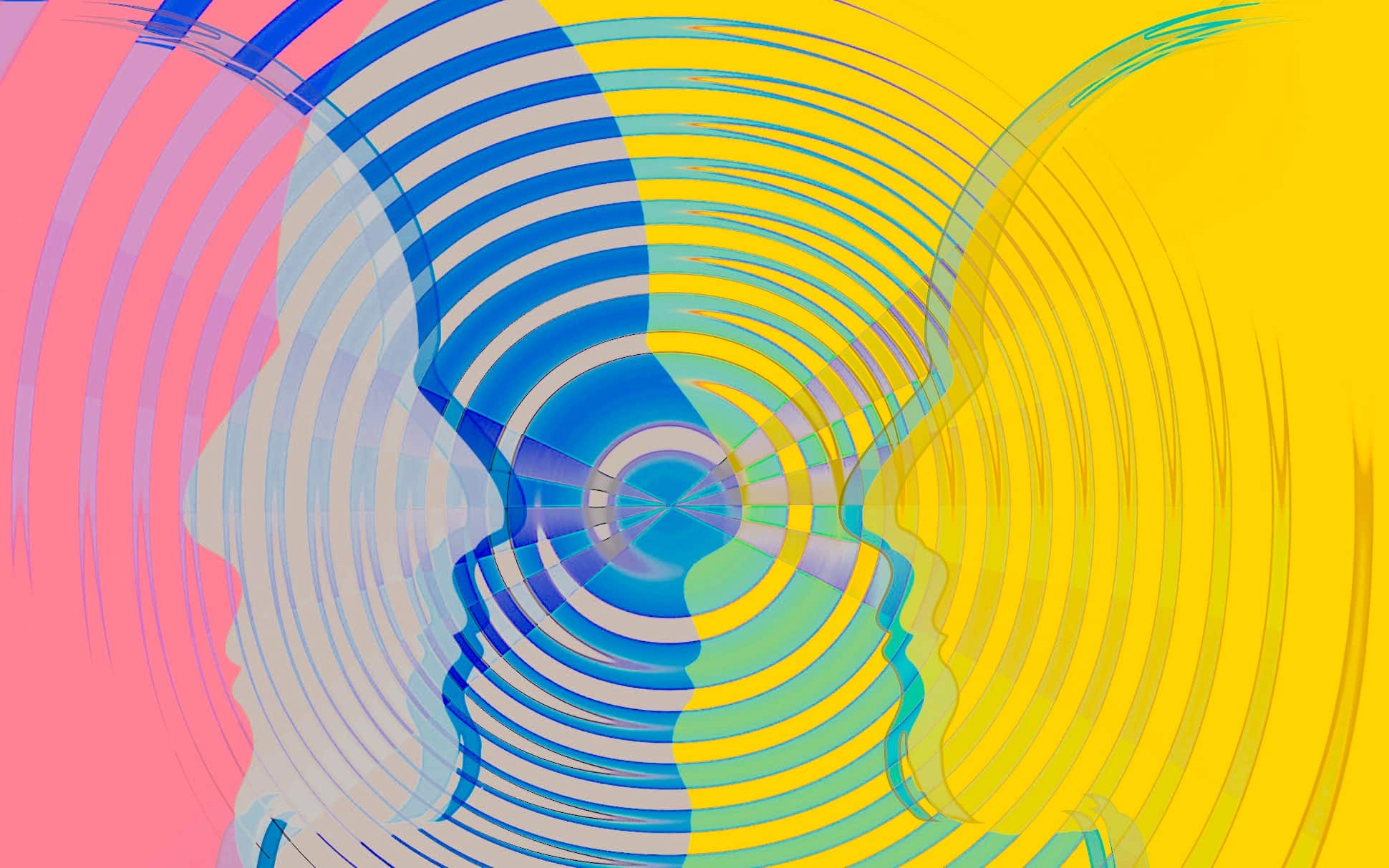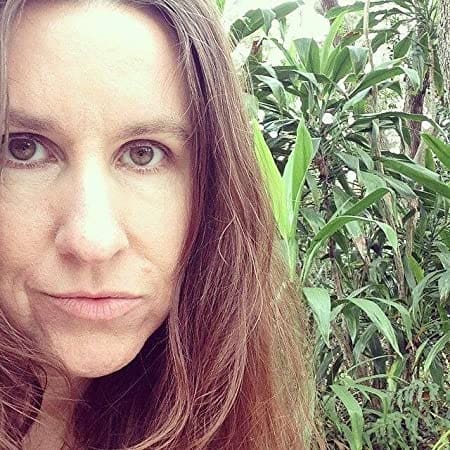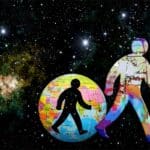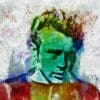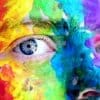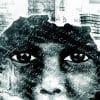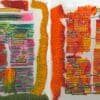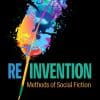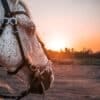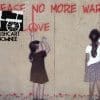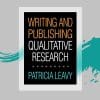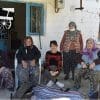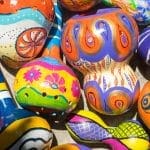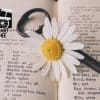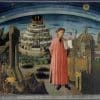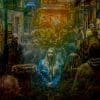What Is Autoethnography? How Can I Learn More?
The AutoEthnographer’s international team of editors offer definitions of autoethnography as well as helpful suggested readings. New to autoethnography? Visit What Is Autoethnography? How Can I Learn More? Interested in contributing? View our editorial board’s What Do Editors Look for When Reviewing Evocative Autoethnography? And check out our Submissions page. View Our Team to learn about our editorial board. Please see our Work with Us page to learn about volunteering at The AutoEthnographer. Visit Scholarships to learn about our annual student scholarship competition.
Self as Subject
Autoethnography is a method of qualitative inquiry that unites autobiography (telling about one’s life) and ethnography (studying culture) by utilizing lived experience as evidence with which to explore cultural phenomena. As such, the researcher is typically the lone participant in an autoethnographic study, recognizing that critical exploration of one’s own experiences can provide cultural insight in a way that quantitative or large scale studies cannot. Similarly, autoethnographers understand that just as critical exploration of culture can illuminate one’s lived experiences as part of that culture, our research and inquiry can shape us just as much as we shape it.
Towards the end of the 20th century, challenges to traditional hegemonic cultural scholarship asked the questions, “How different would cultural research be if the researcher were neither a cultural outsider nor absent from the reporting? What would the research look like if the researcher were openly a member of the culture being researched?” Essentially, autoethnography shifts the lens of observation and analysis from the outsider to the insider. As such, autoethnography is a form of qualitative inquiry that acknowledges and capitalizes on the researcher’s insider knowledge, biases, subjectivities, etc. rather than trying to assume an impossible objectivity. Likewise, it gives the subject a voice, the opportunity to speak from a first-person “I” perspective.
An Example
Autoethnography, like other methods of inquiry, can begin with a question related to culture. For example, my article “The Closet in the Classroom” responds to the question, “What was it like being a queer, gaijin sensei (foreign teacher) at the turn of the millennium in Western Japan?” Using story to report cultural experience, “Closet” autoethnographically presents the anxieties, choices, and progress I made understanding how to construct, reveal, and perform a queer sexual identity in light of my developing teacher identity.
Additionally, autoethnography requires evidence. This can be the utilization of already existing artifacts such as photos or diaries, or the creation of new evidence via narrative or creative expression. For example, in my article “Closet,” I re-tell key moments from my life in Japan. This type of storytelling as evidence is known as narrative inquiry. There are other pathways to creation of evidence though: poetic inquiry, photographic inquiry, dance performance, etc. However, sometimes autoethnography is presented solely as story or art (evocative autoethnography) while other times the evidence is also discussed and evaluated to further examine meaning (analytical autoethnography).
More Than One?
Though I suggested that autoethnographies are often single-authored works, autoethnography CAN be performed as duoethnography (e.g. Autoethnographic Literary Nonfiction: When Your Student Goes to War), multi-voiced autoethnography (multiple authors performing autoethnography, e.g. Can Writing Be Wrong? Collaborative Autoethnography as Critical Reflective Practice), and even as a self-reporting and analysis method for participants completing qualitative studies (e.g. Discovering Voices).
Research over the last 4 decades, such as the resources listed below, has illustrated how autoethnography is a powerful tool for critical, cultural, personal, and professional reflection and expression; I believe that autoethnographic creative expression can educate, heal, inspire, illuminate, and challenge. Of additional assistance may be the following free articles, books, and video.
Resources
- What Do Editors Look for When Reviewing Evocative Autoethnographies, and How Has Their Approach Evolved?
- Storytelling as Academic Writing: How to Embrace Creative Nonfiction
- Autoethnography: An Overview
- I’m Interested in Autoethnography, but How Do I Do It?
- Teaching Autoethnography: Personal Writing in the Classroom
- Can Writing Be Wrong? Collaborative Autoethnography as Critical Reflective Practice

Insider Perspective
Coming from a business and marketing background autoethnography signifies an insider perspective to meanings individuals associate to objects, experiences, people, and natural settings. Autoethnography can be divided into two aspects by which while the ‘auto’ refers to individual experiences, the ‘ethno’ refers to culture (Denzin and Lincoln, 2011; Khair et al., 2022). Such an approach allows researchers to eliminate vagueness and uncover similarities and differences related to an individual’s experience (Ellis et al., 2011). Therefore, it helps enhance reflexivity of one’s experience through writing, photography, poetry, videos and many more.
Autoethnography eliminates closed approaches and allows for an open-ended and flexible approach that personalizes inquiry (Sparkes, 2000). Authors in autoethnography become storytellers, narrators that have no restrictions in expressing emotions, experiences, and day-to-day activities. In fact, it helps authors reveal their true identities through their reflections.
Resources
- Denzin, N.K. & Lincoln, Y.S. (Eds.). (2011). The Sage handbook of qualitative research. Sage.
- Khair, N., Al-Twal, A., Mahadin, B. and Nabil, B. (2022). Willpower: Auto-ethnographic insights into the challenges that women encounter in academia. British Journal of Middle Eastern Studies, 49(4), 526-536.
- Ellis, C., Adams, T.E. and Bochner, A.P. (2011). Autoethnography: an overview. Historical Social Research/Historische sozialforschung, 273-290.
- Sparkes, A.C. (2000). Autoethnography and narratives of self: Reflections on criteria in action. Sociology of Sport Journal, 17(1), 21-43.

The Artist May Already Be an Autoethnographer
Autoethnography is a journey to your own experiences and through them, a journey to see your culture the way you have never seen it before. All our experiences are embedded in cultural practices, attitudes and ways of understanding ourselves and the world around us, to the extent that we are mostly completely unaware of it. Autoethnography challenges you to see this. It challenges you to make a journey to become more aware of yourself and your society. To become visible to yourself and to others and to make your culture visible through your unique perspective.
This is not always an easy task. It can be even painful since there are experiences that we are taught as members of our societies and cultures to mitigate, to hide or even to pretend they don’t exist at all. Therefore, autoethnography requires courage and honesty. The most important thing is to recognize and accept your own emotions, perceptions and thoughts. To realize that your experiences are valid and important. They should be brought into the spotlight. After this crucial recognition, you can start asking yourself what are your experiences all about; how they are affected and molded by your surroundings, upbringing, expectations and so forth; and why.
Autoethnography has a strong academic research background but it has been used impressively in literature and art in the last decades. For example, the Literature Nobel Prize winner Annie Ernaux’s (https://www.annie-ernaux.org) texts have been considered to be also autoethnographic* in their manifold expressiveness. The artist or the writer need not have an academic background to be autoethnographer. All is that is needed, is the ability and the willingness to reflect upon your own experiences within your culture and to use this in your creative work. The artist may well already be an autoethnographer without knowing it.
Resources
- Untangling the Trauma Knot: Autoethnography and Annie Ernaux’s “Shame”
- Autoethnographie: L’ecriture du corps chez Annie Ernaux (en français)

Experiencing Epiphany
It can be said that autoethnography is a research process that helps you to experience an epiphany. This epiphany can be reached through ‘digging up and talking about the past which is the best way to discover what one wants and, thus, to have any hope of a promising future’ (Bochner, 2014, p. 37). If we will make a list of the criteria that makes a narrative autoethnography, we should definitely add ‘epiphanies’ which are remembered moments that have significantly impacted the trajectory of a person’s life (Ellis, Adams, & Bochner, 2011, p. 275).
While in many other methods we think and analyze outside matters or facts, the autoehnographic method gives us a chance for introspection. One can introspect the positive or negative feelings, frustrations, regrets, joys, sorrows, and so on. As Bochner indicated, “Wundt pioneered introspection as a research method for accessing mental processes and this was significant in terms of understanding and respecting the personal experience” (Bochner, 2014, p. 35).
Defining the Method
It is not a traditional way of looking at culture. In other words and more specifically, autoethnography is an approach that seeks to describe and systematically analyze (graphy) personal experience (auto) to understand cultural experience (ethno) (Ellis et al., 2011). That’s why, the autoethnographer uses tenets of autobiography and ethnography to do and write autoethnography. In fact, “Autoethnography is one of the approaches that acknowledges and accommodates subjectivity, emotionality, and the researcher’s influence on research, rather than hiding from these matters or assuming they don’t exist” (Ellis et al., 2011, p. 274).
Additionally, Adams et al. explain, “Autoethnography offers nuanced, complex, and specific knowledge about particular lives, experiences, and relationships rather than general information about large groups of people. “
Resources
- Adams, T. E., Jones, S. H., & Ellis, C. (2015). Autoethnography: Understanding qualitative research. Oxford University Press: New York.
- Bochner, A. P. (2014). Coming to narrative: A personal history of paradigm change in the human sciences. Left Coast Press: Walnut Creek.
- Ellis, C., Adams, T. E., & Bochner, A. P. (2011). Autoethnography: an overview. Historical social research/Historische sozialforschung, 273-290.

Giving Voice to Personal Experience
I think of autoethnography as an ‘avant-garde method’ (Wall, 2006, p. 154) of exploration and expression. It comes from a postmodern approach questioning traditional research (Ellis et al., 2011, p. 277). Wall (2008) discussed that autoethnography is “giving voice to personal experience to advance sociological understanding” (Wall, 2008, 37). Autoethnography gives value to the voice of an author, as opposed to traditional research methods trying to achieve objectivity. Who else is “better situated” to explore our stories “accurately” than ourselves (Wall, 2006)?
Autoethnography exercises reflexivity (Wall, 2006, pp. 148-149; Wall, 2008, p. 40; Ellis et al., 2011, pp. 278-279; Reed-Danahay, 2017, pp. 145-150; Koopman et.al, 2020) – a “methodological approach” of critically examining oneself in the process of producing a piece of work (Reed-Danahay, 2017, p. 147). Therefore, autoethnography is both a method and an analysis itself. Autoethnography is a kind of resistance from traditional research (Ellis et al., 2011, p. 275). Ellis, Adams & Bochner (2011) further cited that “once at the service of the (White, masculine, heterosexual, middle/upper-classed, Christian, able-bodied) ethnographer, indigenous/native ethnographers now work to construct their own personal and cultural stories; they no longer find (forced) subjugation excusable (see Denzin, Lincoln, & Smith, 2008).”
From my own research and personal experience, I think that autoethnography is a “way of knowing” (Koppensteiner, 2018, pp.71-75) that acknowledges the “transpersonal experience” that is “knowing through the spirit.” As researchers and creators, autoethnography validates the value of our experiences, and allows us to interrogate our lived experience and make sense of it in relation to our experience as part of society. More than telling our stories, we critically analyze experiences as if they were data to be processed, and link it to a theory or cultural phenomenon. Therefore, I acknowledge the autoethnographic value of creative expressions that are practiced within these elements.
Resources
- Ellis, C., Adams, T. E., & Bochner, A.P. (2011). Autoethnography: an overview. Historical Social Research, 36(4), 273-290. Retrieved from https://doi.org/10.12759/hsr.36.2011.4.273-290
- Koopman, W.J., Watling, C.J., & LaDonna, K.A. (2020). Autoethnography as a strategy for engaging in reflexivity. Ethics, theoretical development, or methodological development. Article. Global Qualitative Nursing Research Volume 7, pp. 1–9. Retrieved from https://journals.sagepub.com/doi/pdf/10.1177/2333393620970508
- Koppensteiner, N. (2018). Transrational methods of peace research: The researcher as (re)source. In Echavarría, Josefina A., Ingruber, Daniela, Koppensteiner Norbert. (eds) Transrational Resonances. Palgrave Macmillan, Cham. pp. 59-81. Retrieved from https://doi.org/10.1007/978-3-319-70616-0_4
- Reed-Danahay, D. (2017). Bourdieu and critical autoethnography: Implications for research, writing, and teaching. International Journal of Multicultural Education 19(1). Retrieved from https://files.eric.ed.gov/fulltext/EJ1135891.pdf
- Wall, S. (2006). An autoethnography on learning about autoethnography. International Journal of Qualitative Methods, 5(2), 146-160. Retrieved from https://doi.org/10.1177/160940690600500205
- Wall, S. (2008). Easier said than done: Writing an autoethnography. International Journal of Qualitative Methods, 7(1), 38-53. Retrieved from https://doi.org/10.1177/160940690800700103

The Intersection of History & Biography
As a sociologist, I think of autoethnography in terms of Mills’ sociological imagination. Mills wrote that we should be exploring the intersection of history and biography; that is, exploring our own personal background and experiences within the context of what happens in the social world. The self is embedded in larger social and cultural events, and something interesting happens where they meet. This something interesting is the heart of autoethnography.
Autoethnography differs from memoir in that the social context is just as salient to the story as the author’s personal story. There is also a research aspect to autoethnography. We use more than our memories when we write. Autoethnographers may draw upon artifacts from our own lives, journals, baby books, photo albums, letters, texts, and so on, to help in our interrogation. We also may use information about the context in which we’re writing. This may take the form of news or journal articles, analysis of social media posts, interviews with others–anything that helps us understand the happenings. Many autoethnographers devise systematic methods for combing through these empirical materials. Because of this, autoethnography is a social science research method. It is more than simple storytelling. Autoethnography is a tool for bridging individual and social interactions.
Resources
- Ellis, C. (2004). The ethnographic ‘I’: A methodological novel about autoethnography. Thousand Oaks, CA: AltaMira.
- Gullion, J.S. (2022). Writing ethnography (2nd ed.). Leiden: Brill/Sense Publishers.
- Mills, C.W. (1959). The sociological imagination. New York: Oxford.
- Tamas, S. (2011). Life after leaving: The remains of spousal abuse. London: Routledge.

Understanding Personal Experiences
I approach autoethnography through a communication and relational lens. This means that I am interested in everyday interaction and how that plays into our ways of being, understanding of the world, and our close relationships. I adopt Steve Duck’s (2011) idea that relating is the fundamental unit that underlies all of our interactions. If this is true, then our close relationships are key to living the good life, and autoethnography is how we use our personal experiences of relating to others to connect up with and critique larger cultural ideas and institutions.
I consider (auto)ethnography to be a way of life, that is as an (auto)ethnographer I am always engaged with how my personal experiences are related to culture (see Rose, 1990). I am always “in the field.” And I use ethnographic methods to help me understand, critique, and better understand personal experiences. I tend to use poetic inquiry the most in my autoethnographic work, as poetry is the emotion of language for me (Faulkner, 2020, 2021). The goal with autoethnography then is somewhat utopic; it is through the telling of our everyday stories that we carve space for living in worlds that are more just, more full, and better.
Resources
- Duck, S. (2011). Rethinking relationships. Thousand Oaks, CA: Sage.
- Faulkner, S. L. (2020). Poetic inquiry: Craft, method, and practice, (2nd ed.). New York: Routledge.
- Faulkner, S. L. (2021). Buttered nostalgia: Feeding my parents during #COVID19. Journal of Social and Personal Relationships, 38(6), 1877-1900. https://journals.sagepub.com/doi/10.1177/02654075211012478
- Rose , D. (1990). Living the ethnographic life. Thousand Oaks, CA: Sage.
Featured image by Gerd Altmann from Pixabay




